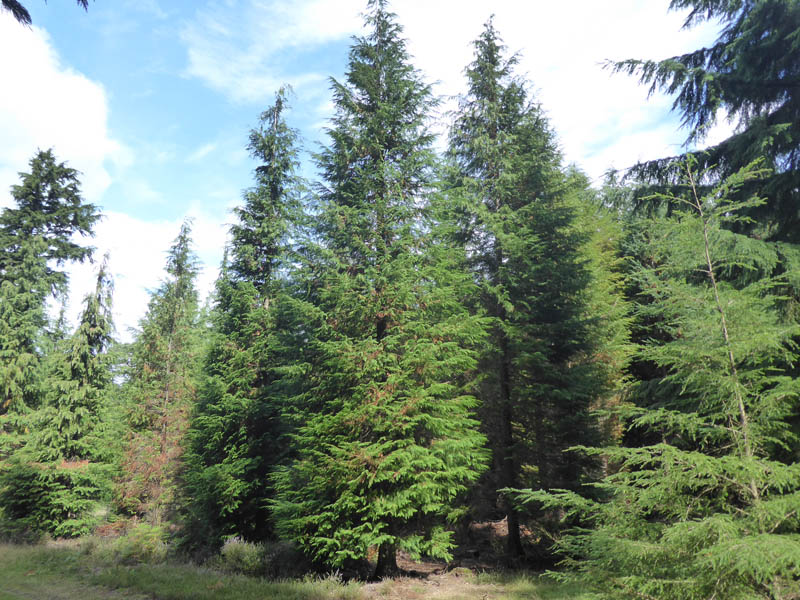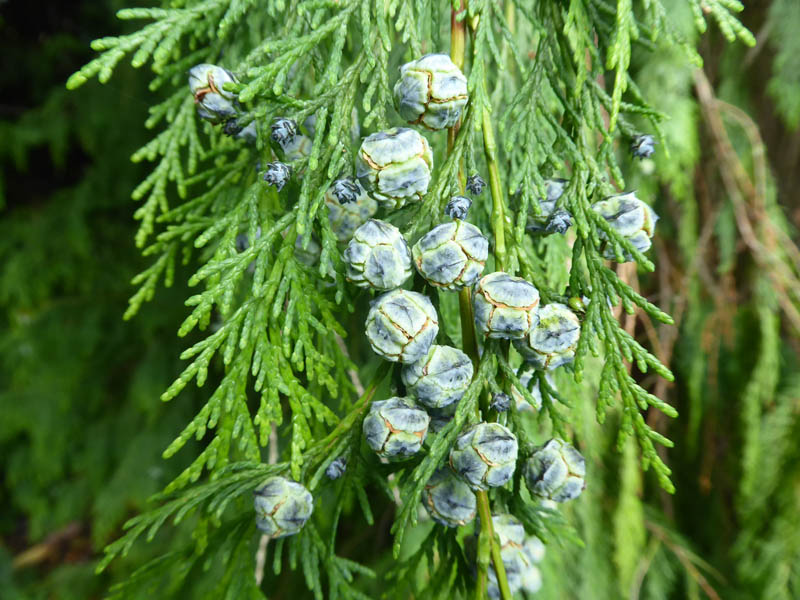Lawson cypress (LC)
Lawson cypress (also known as Port Orford cedar) was introduced in 1854 by William Murray. Its common name derives from the plantsman Lawson who first grew it in Edinburgh. It has been trialled as plots and small plantations throughout Britain, but it is better known as a landscape tree.
Lawson cypress naturally produces variable forms widely adopted for horticultural use. There is growing interest in the use of Lawson cypress in forest diversification particularly in underplanting. Wild populations have been affected by the pathogen Phytophthora lateralis and is now listed as near threatened by the IUCN.
Lawson cypress is categorised as a secondary tree species. These are tree species that have demonstrated positive silvicultural characteristics in trial plots but gaps in knowledge constrain wider use. The species is undergoing active evaluation to increase understanding and inform future deployment.

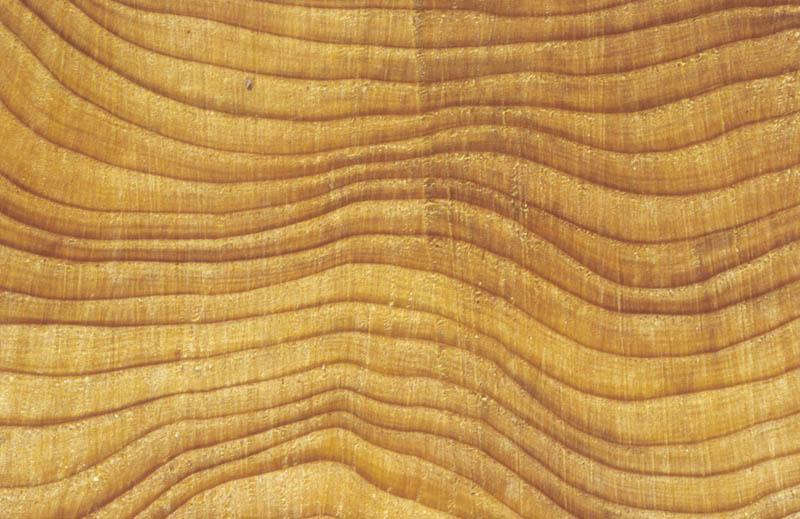

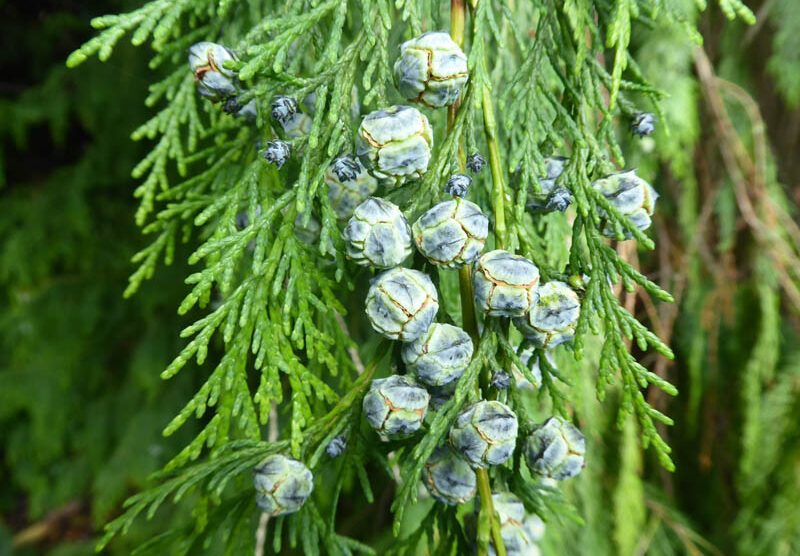

Range
Native to the small areas of the coastal regions of north-west America in southern Oregon and northern California.
Provenance Choice
No provenance testing has been conducted in Britain; seed should be obtained from good British stands or from the natural range. Seed collected from hedges or other horticultural sources should be avoided.
Key Properties
Site Requirements
The species is adapted to warm moist conditions and is not tolerant of exposure and can be damaged by wet snow. Best suited to more humid regions with an annual rainfall of >1000 mm but can grow in areas with lower rainfall. It will grow on a wide range of soil types and fertility provided there is adequate (not stagnant) ground water within a metre of the surface. However, it is not suited to very poor peats or sites with heavy heather competition; the species shows some tolerance of alkaline soils. It is cold hardy throughout Britain and is frost tolerant and withstands moderate pollution.
Further detail on the site requirements of Lawson cypress in current and future climates can be examined using the Forest Research Ecological Site Classification Decision Support System (ESC).
ECOLOGICAL SITE CLASSIFICATION TOOL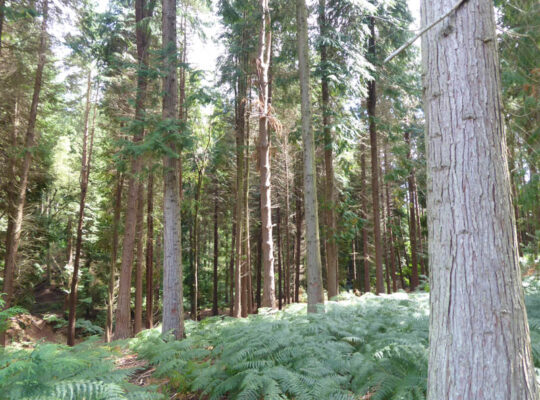
Silviculture
In Britain, planting density has traditionally been around 2500 trees ha-1, and the species can be established using both bareroot and containerised plants. Forking can be a problem, particularly when planted on open ground that is prone to late frosts. Lawson cypress is palatable to deer, so protection against browsing is important.
After the establishment phase, growth is moderate but consistent over time and on sheltered sites in western Britain yield classes of 18-20 m3 ha-1 yr-1 or more have been recorded after 50-60 years. Lawson cypress requires careful selective thinning to favour the best quality stems and to reduce the incidence of forking. However, a long interval between thinning’s is advisable because of slow crown regrowth and limited natural pruning.
Lawson cypress flowers from an early age with regular coning by 20-25 years and natural regeneration can be prolific. This potential for regeneration can be useful when desired but considered invasive when not. The species is very shade tolerant, and so can grow in the understorey of stands of faster growing conifers like Sitka spruce or Douglas fir. In its natural range it grows in mixture with a range of conifers and broadleaves. This combination of shade tolerance and ability to grow in mixture makes it well suited for use in irregular silvicultural systems. Growing in mixture may also reduce the risk from Phytophthora lateralis (see below).
Other species that could be alternatives to Lawson cypress include western red cedar and Japanese red cedar, both of which tend to be more productive on comparable sites. One attraction of Lawson cypress is the valuable timber obtained from larger older trees which is naturally durable.
Pests and Pathogens
Root rot pathogens Phytophthora cinnamomi and P. lateralis are very damaging, and potentially lethal diseases of Lawson cypress. P. lateralis assumed absent from Britain until discovered in Scotland in late 2010. Nursery stock, ornamentals and plantation grown trees are all subject to attack by P. lateralis in the USA where this pathogen is best known. Disease resistant strains of Lawson cypress have been produced in North America but not evaluated in Britain. The species is particularly susceptible to Armillaria root rot (honey fungus).
Less damaging but also significant, another introduced pathogen, Seiridium canker (Coryneum cardinale) causes scattered twig and branch death on affected trees. Cypress aphid (Cinara cupressivora) can cause foliage browning.
See our other tools and resources
Further Resources
External
In addition to the general sources of information for species the following are useful for Lawson cypress.
Mallams, KM (2011) The Future Looks Bright for Port-Orford-Cedar. Tree Planters Notes 54 (2) 42-49.
Reynolds, C., Kerr, G. and Forster, J. (2022) Alternatives to Corsican pine: evidence and experience from a long-term experiment in Thetford Forest. Quarterly Journal of Forestry 116: 26-33.
USDA 2019, Chamaecyparis lawsoniana (A. Murray) Parlatore, United States Department of Agriculture; Natural Resources Conservation Service, viewed 18 August 2023, USDA Plants Database
Wilson, Scott McG. (2011) Using alternative conifers for productive forestry in Scotland. Forestry Commission Scotland, Edinburgh.

